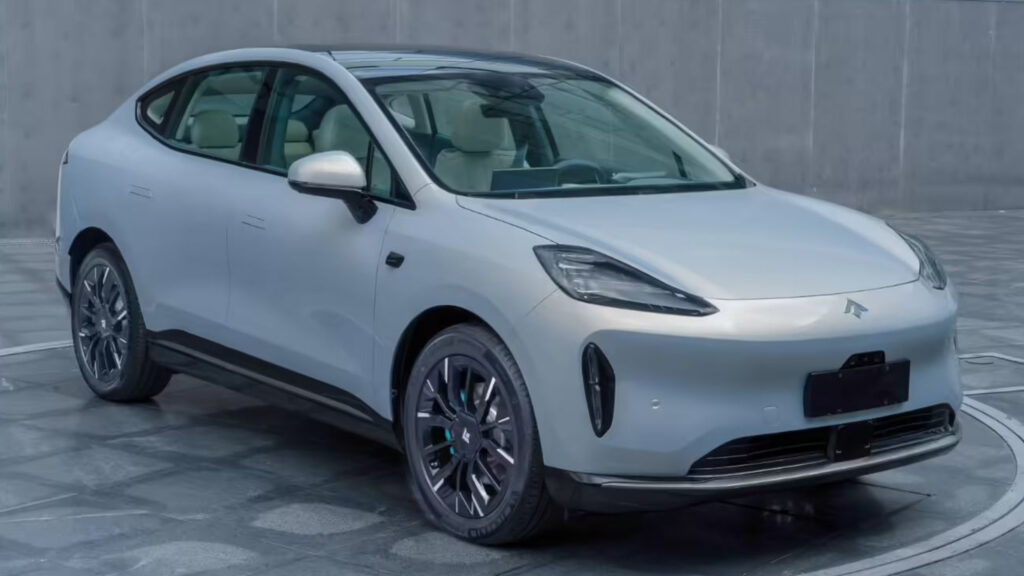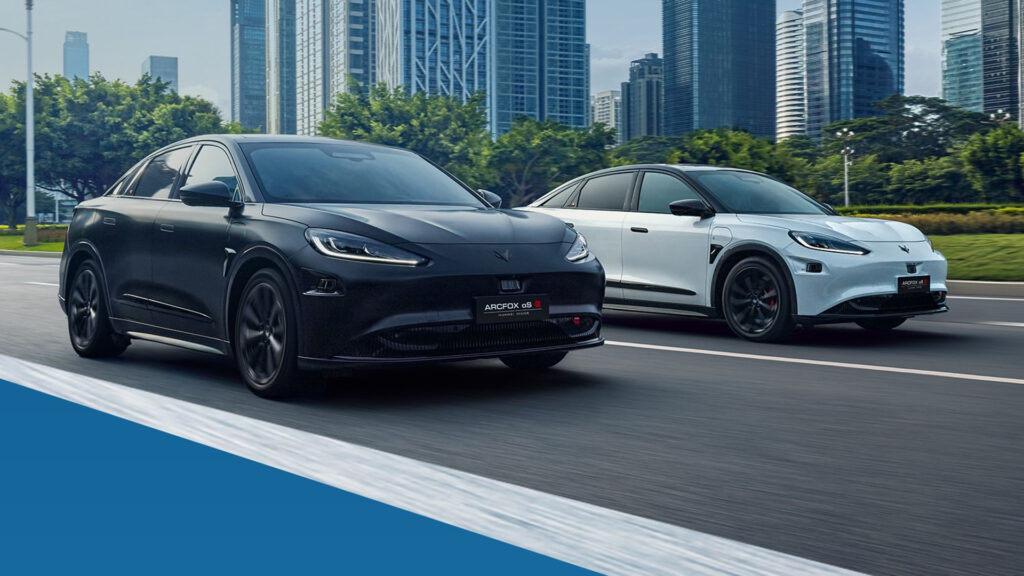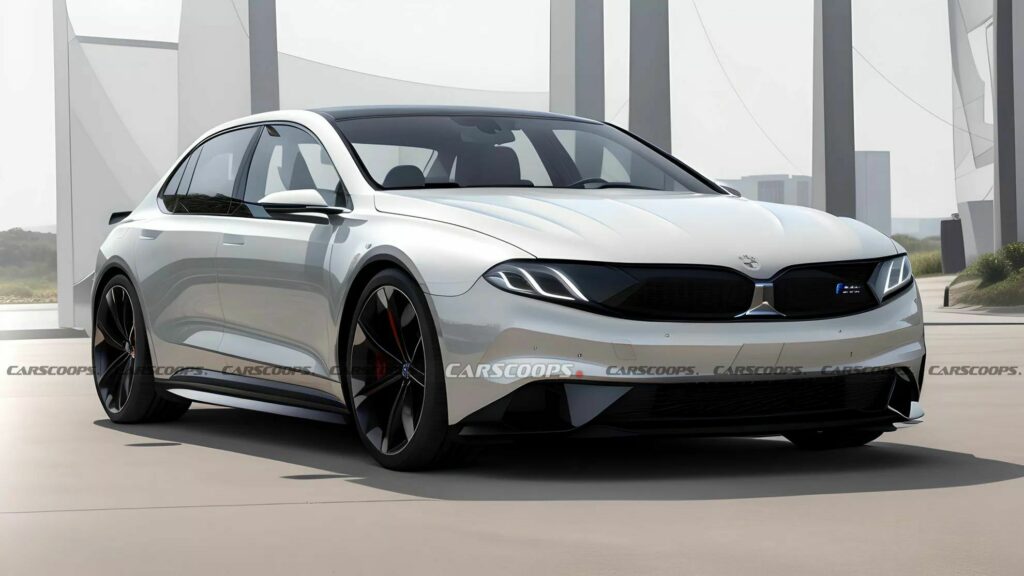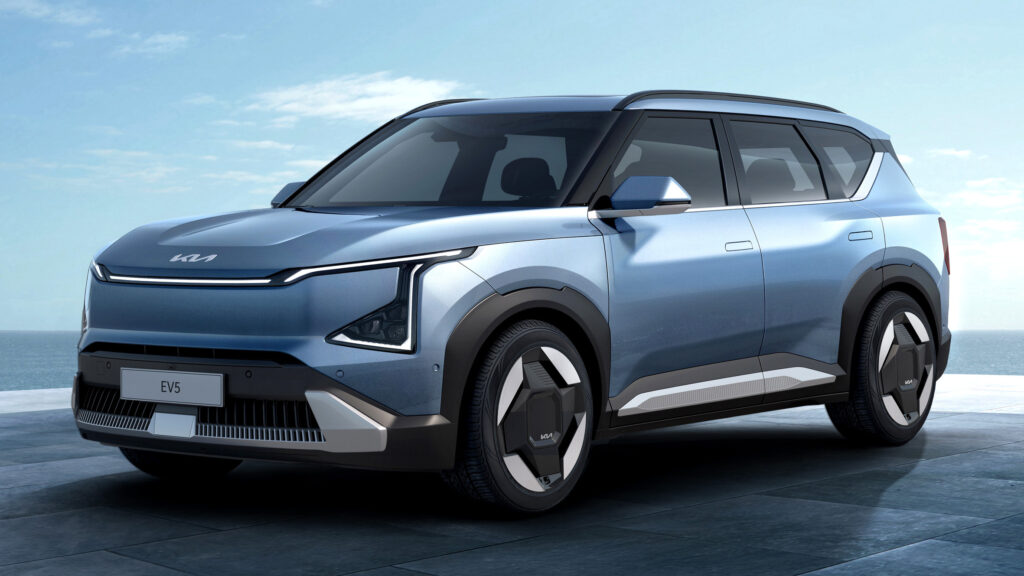Carscoops
A series of images and details have surfaced online of the latest vehicle being readied by GAC’s Aion brand in China. The eye-catching SUV is known as the Hyper HT and is tipped to be unveiled next month, shortly before pre-orders commence.
Images published by China’s Ministry of Industry and Information Technology (MIIT) reveal that the Hyper HT is 4,935 mm (194.2 inches) long, 1,920 mm (75.5 inches) wide, and stands 1,700 mm (66.9 inches) tall. It sits on a 2,935 mm (115.5-inch) wheelbase and compared to the Hyper GT unveiled by Aion in December last year and the Hyper SSR presented earlier this month, has a relatively restrained design.
The front of the Hyper HT has headlights somewhat similar in shape to those of the Hyper GT sedan but they are slightly more bulbous. The lack of a front grille and the simple presence of two small vertical air curtains and a narrow central intake does mean the SUV looks too generic, something that cannot be said of the Hyper SSR electric sports car.
advertisement scroll to continue
Read: GAC Aion Hyper SSR Electric Supercar Costs A Fraction Of The $2M Rimac Nevera At $176,000
The party piece of the Hyper HT’s design is the implementation of gullwing doors at the rear, much like the Tesla Model X. Visible at the rear are simple LED taillights connected by a light bar. Other noteworthy design elements of Aion’s new electric SUV are the frameless doors, 19-inch and 20-inch wheels, a panoramic glass roof, and cameras on the front fenders.
Car News China reports that the Chinese brand will offer the SUV with three different LiDAR options used by an advanced driver assistance system. MIIT documents reveal that the Aion Hyper HT is powered by an electric motor delivering 335 hp (250 kW) and 317 lb-ft (430 Nm) of torque. That should be good enough to propel it to 100 km/h (62 mph) in 5.8 seconds. The size of the battery pack is unclear but it is reportedly a ternary lithium pack that gives the SUV up to 373 miles (600 km) of range on a single charge.
While the MIIT has not published photos of the SUV’s interior, local spy shots reveal it will have a flat-bottom and flat-top steering wheel, a large Tesla-style infotainment screen, a small instrument cluster for the driver, and wireless smartphone charging pads on the center console.









